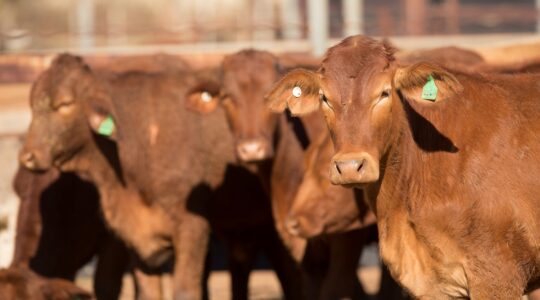Search engines, including Google and Bing, will need to be more proactive in preventing child sexual abuse material being returned in search results and ensure AI incorporated into the search engines is not misused to create deep faked versions of this harmful content under a new industry code now in place.
eSafety Commissioner Julie Inman Grant said the new Search code takes its place alongside five other industry codes already in place covering social media, app stores, internet service providers, hosting providers, device manufacturers and suppliers.
Australia’s registered Online Safety codes are enforceable and require participants to take appropriate measures to address the risk of class 1 material, including child sexual abuse material on their services in Australia.
Ms Inman Grant said the commencement of the Search code was a significant step in the protection of children online and places more responsibility on the tech industry to play their part in restricting the growing global trade in the, “worst-of-the-worst” online content.
“The commencement of the Search code is really significant as it helps ensure one of the key gateways to accessing this material, through online search engines, is closed” she said.
“It will target illegal content and I will be able to seek significant enforceable penalties if search engines fail to comply with a direction to comply with the code.”
Ms Inman Grant said creating the code had not been smooth sailing, with the rapid rise of generative AI and subsequent announcements by Google and Bing that they would incorporate AI functionality into their search engine services meaning the original code would have been out of date before it commenced.
“But I want to give thanks to the industry associations and the key search engine providers for their hard work and willingness to go back and redraft the code to make it fit for purpose. What we’ve ended up with is a robust code that delivers broad protections for Australians,” she said.
eSafety is currently preparing draft industry standards for two further industry sectors, Relevant Electronic Services, which includes a range of private messaging and other communication services and Designated Internet Services, which includes websites and apps not falling within other categories, as well as file and photo storage services. These standards will also address the risk associated with generative AI.
eSafety is drafting standards for these two sectors because the draft codes submitted by industry did not provide the appropriate community safeguards required under the Act.
To view the regulatory guidance of the industry codes or to find out more information about the codes and standards, go to www.esafety.gov.au/industry/codes.








